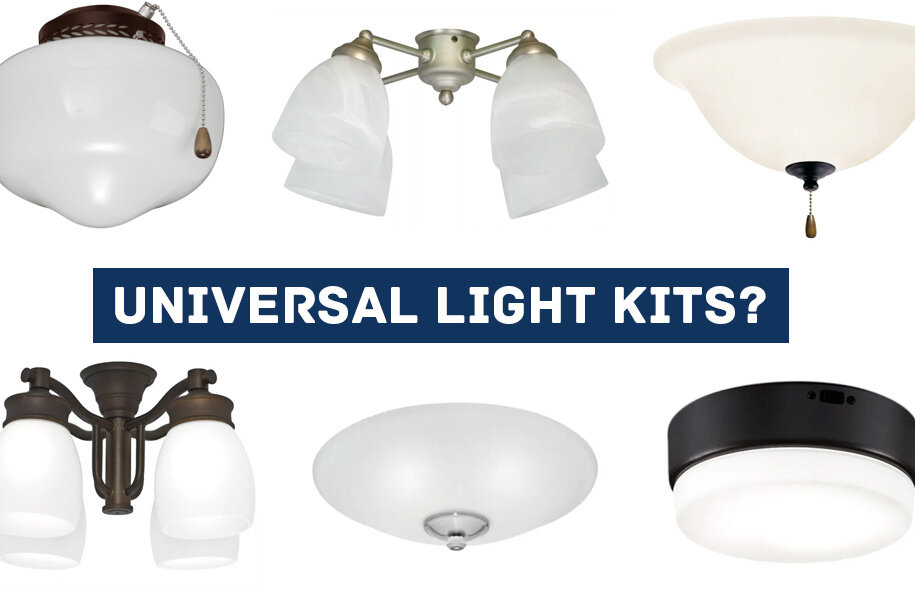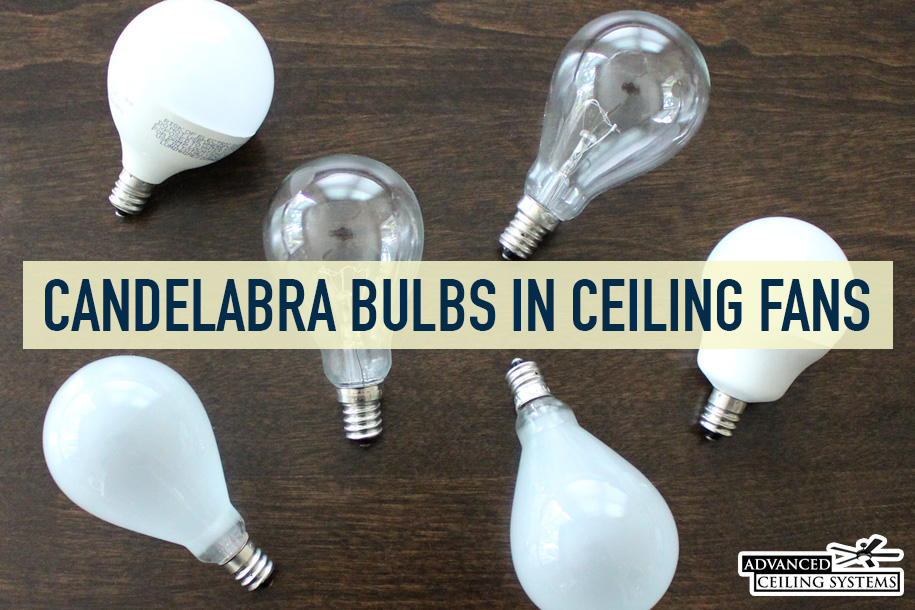Guide to Common Ceiling Fan Styles and Blade Count
Learn More.
Guide to Common Ceiling Fan Styles and Blade Count
How to Choose the Right Ceiling Fan Size
Most Common Types of Ceiling Fans
Ceiling fans are available in hundreds of different styles and sizes but they can be best lumped together into four general categories: Ceiling fans with lights, ceiling fans without lights, low profile ceiling fans and outdoor fans. Once the type of fan is chosen, you can then move on to the size and style of ceiling fan that best suites your needs.
Ceiling Fans with Lights - The most common ceiling fan you will find in stores and online is a standard ceiling fan with lights. Ceiling fans with lights often times replaces traditional overhead lighting as a two-in-one solution to both lighting and cooling. You can find this type of ceiling fan in just about every style and size.
Ceiling Fans without Lights - This is your traditional ceiling fan and also very common. These fans are perfect for those who need air circulation in a room but already have fixed lighting in the space. Light kits can sometimes be purchased with these fans separately if lighting is later needed.
Low Profile and “Hugger” Ceiling Fans - Low Profile ceiling fans, also known as hugger fans, are the best solution rooms that have low ceilings. The low profile assures that the ceiling fan does not hang too low and adds additional safety. To see you if a hugger fan is right for you check out our guide on how to choose the right size ceiling fan which explains the ideal fan for your ceiling height.
Outdoor Ceiling Fans - Just like an indoor ceiling fan, outdoor fans are available in a variety of sizes and styles. The big difference between the two is that outdoor ceiling fans are UL Rated for damp or wet conditions. Outdoor ceiling fans are available with lights, without lights and in low profile styles. To learn more about picking the right one for your outdoor space please read our guide on outdoor ceiling fans.
The Difference in Blade Count Matters
Less blades: Higher speeds, more air circulation
More blades: Lower speeds, less noise
The general rule is the more blades a fan has the more weight there is pulling on the motor. This pulling results in a fan that spins slower but is also quieter than a 2 or 3 blade fan. Increase the number of blades and the slower the RPM on the fan.
Less blades on a fan are best for those who will benefit from stronger air circulation despite more noise. Since fewer blades means a lighter fan, the motor can go faster speeds with just a few blades. 3 blade fans are often used in spaces with high ceilings or outdoors where confined spaces and noise are less of an issue.
The most common fan you’ll find in households is a standard 4 or 5 blade ceiling fan. These fans are low noise and do a great job at circulating air in a living room or bedroom. Many people use these fans to compliment air conditioning to move cool air around a room.









